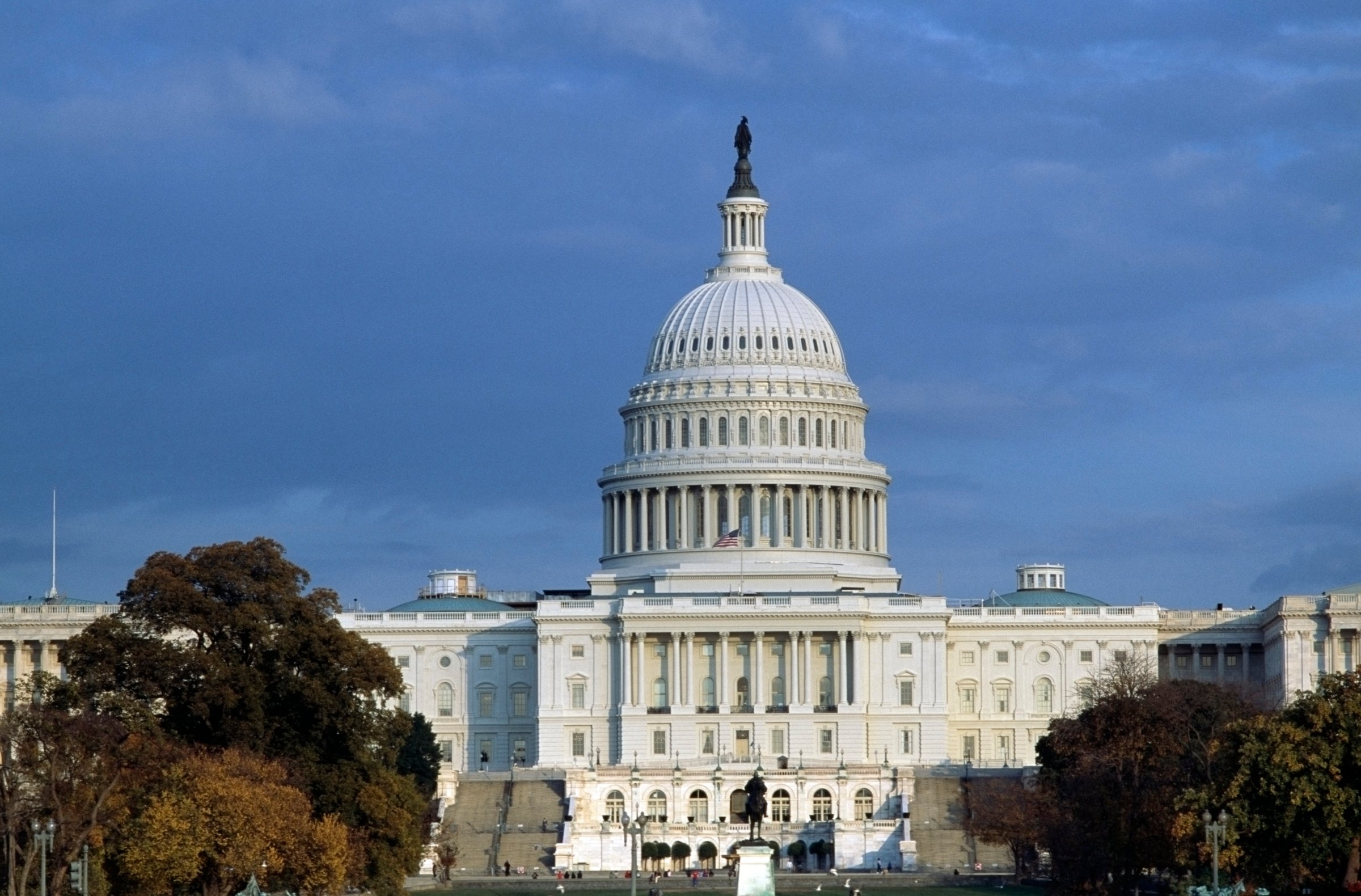
Sure, Hillary Clinton is on the verge of becoming the first female major party nominee for president, but don’t let that fool you. The obstacles remain daunting for women running for high office—especially seats in Congress.
Women continue to be vastly under-represented among U.S. political leaders at all levels north of school board. The discrimination they confront operates at the root level of institutions rather than out in the open. Hyper-aware of these barriers, women are extremely pragmatic in choosing whether, when, and where to run for office.
In new research released this month (Wed. June 15), Political Parity analyzed three decades of data to figure out where and when women run for Congressional office. The findings are sobering: from 1980 to 2010, women accounted for only 13% of all candidates (only about 3,000 out of more than 23,700) running in Congressional primaries.
Importantly, 70% of all congressional elections during that stretch had no female candidates at all, in either the primary or general election. Over 30 years, only 2% of districts ever had more than one woman run in the same primary election. As advanced as we like to think we are in the US, women remain more a rarity than the norm in Congressional elections.
Women can’t win if they don’t run. So it makes sense that just 19% of members of the House are women, and 20% in the Senate. This puts us below the top 96 countries in the world in percentage of women in the lower house of the national legislature.
Our research offers insights into where and why women run—and makes clear that these decisions are not random. And as it turns out, where women win is not random either.
Incumbency rules. The biggest barrier to women’s election, as previous scholars have pointed out, is the preponderance of sitting male congressmen. Incumbents win their reelection races at a 95% rate, and 90% of these incumbents are male. So it is extremely challenging for women to break in.
Read more: Elizabeth Warren to Grads: ‘Fight for the Kind of World You Want to Live In’
Women are far more likely to run and to win if they are seeking an open seat rather than challenging an incumbent. However, open-seat races are increasingly rare because of partisan redistricting. As electoral districts have been redrawn to protect incumbents, women’s representation has hit a plateau. One step both parties could take to confront the gender imbalance is declare “every open seat a woman’s seat,” and commit themselves to finding and supporting strong female candidates in all open seat races.
Additionally, the distribution of women as congressional candidates is not random (or even) across districts. Women are more likely to run and win in those districts which include a large city (100,000+ residents) and a more urbanized population; have greater racial diversity and higher median incomes; are geographically compact; and have a lower percent of unemployed and senior citizens.
Importantly, the prevalence of women political leaders in a state plays a role as well. Women are far more likely to run for Congress in districts nestled within states that have a higher percentage of women in the state legislature. Women are also more likely to run in a district if another woman has won that House seat previously. “Early adopter” districts, those that elected a woman prior to the 1992 wave, are more likely to have had women run as candidates since then.
Finally, the distribution of women as candidates is not random by party. Democratic-leaning districts are more welcoming to women candidates. So both Democratic and Republican women are more likely to run in primaries in those districts. Democratic women are also more likely to win the general elections in these districts, unsurprisingly. This contributes to a deep gender imbalance between the two parties: Democratic women currently outnumber Republican ones in Congress 3 to 1.
Not only are Republican women less likely to enter primaries than their Democratic counterparts. Because of where they run, they face an uphill battle and are less likely to win the general election. Republican women, in other words, face a major structural barrier: the places where they are most likely to run for and win primaries are those districts where they are least likely to win general elections.
Together, these findings tell a bleak story. Women’s entry and success as candidates in primaries and general elections is shaped by systemic factors including incumbency as well as district factors such as whether women have previously “broken in” within that district and state.
You don’t need a dataset to know that the system is “rigged” against outsiders of all stripes, and women have historically been kept far outside Washington’s halls of power. But our research documents in stark detail just how entrenched the obstacles are. In this light, it is no surprise that so many smart, ambitious, high-quality female candidates often do not run. In November, we may be able to break a great Hillary-sized hole in the glass ceiling, but we are a long way from shattering it.
Marni Allen is former director of Political Parity, and Shauna Shames is assistant professor at Rutgers.
More Must-Reads From TIME
- The 100 Most Influential People of 2024
- The Revolution of Yulia Navalnaya
- 6 Compliments That Land Every Time
- What's the Deal With the Bitcoin Halving?
- If You're Dating Right Now , You're Brave: Column
- The AI That Could Heal a Divided Internet
- Fallout Is a Brilliant Model for the Future of Video Game Adaptations
- Want Weekly Recs on What to Watch, Read, and More? Sign Up for Worth Your Time
Contact us at letters@time.com